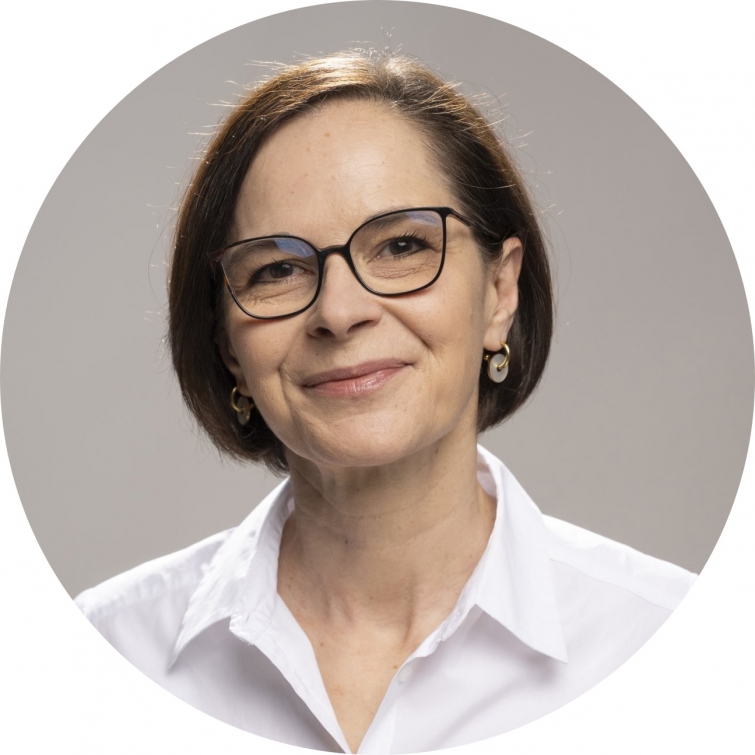
June 28, 2024
Bulletin interne de l'Institut Pasteur


Convergence: a strategic alliance for the future of research in biology and health
The first "Convergence" scientific meeting, an important milestone in the partnership between the Institut Pasteur and Université Paris Cité, took place on June 17 at the headquarters of Université Paris Cité (Odéon site).
The Institut Pasteur and Université Paris Cité take a look back at the highlights of this event.
Throughout the day, the strategic alliance between the two establishments was showcased through presentations of collaborative scientific projects. At the same time, in the Grand Hall of the Université Paris Cité headquarters, there was an exhibition of more than 35 scientific posters highlighting the two institutions' core facilities, research units and teams.

A first seminar that lived up to expectations
At 4pm, 220 participants gathered in the main lecture hall on Université Paris Cité's campus. A range of topics including infectious diseases – a particular field of expertise for the two institutions –, as well as other scientific themes of interest to them both such as genetics, artificial intelligence, immunology, chemistry and social science, were illustrated in 12 presentations given by members of the Institut Pasteur and Université Paris Cité.
 "This event was an opportunity to showcase some of our collaborations and their results, and also to reflect on future avenues and possibilities."
"This event was an opportunity to showcase some of our collaborations and their results, and also to reflect on future avenues and possibilities."
Édouard Kaminski, President of Université Paris Cité
The event was a chance to highlight the main achievements resulting from the collaboration between Université Paris Cité and the Institut Pasteur, to present some projects currently under development and to offer a platform to students and early career scientists working at the two institutions.

First joint successes
The morning was an opportunity to look back at some joint successes between the two institutions, both in terms of ongoing research projects and emerging research projects funded via the "Emergence" call for proposals:
• The establishment of the "re-Connect" and "ICE" university hospital institutes and the launch of ambitious IdEx/StratEx programs such as "Crossing Cutting Edges", which are funding jointly supervised PhDs and postdoctoral fellowships,
• The foundation of a Graduate School entirely dedicated to emerging infectious diseases, offering a multidisciplinary approach to global health.

Multiple promising projects
The two afternoon sessions focused on research projects and opportunities for collaboration between the Institut Pasteur and Université Paris Cité, especially in health-related disciplines but also in the area of humanities and social sciences, where the potential for collaboration was particularly highlighted:
• Strengthening our capabilities in the fields of biomedical chemistry and vaccinology,
• Preparing for future pandemics, in collaboration with the AP-HP Hospital Group – North.
 "Multidisciplinarity is crucial for tackling major challenges of the future, and here we have the opportunity to take it even further."
"Multidisciplinarity is crucial for tackling major challenges of the future, and here we have the opportunity to take it even further."
Yasmine Belkaid, President of the Institut Pasteur
This strategic alliance between Université Paris Cité and the Institut Pasteur reflects a shared ambition for global leadership in biology and health and a desire to respond to the major challenges of our time via innovation in collaboration:
• Studying mother-child biological interactions,
• Exploring the potential of artificial intelligence for biology and health,
• Building on growing interactions between biology and other disciplines such as mathematics, physics, and humanities and social sciences.
This ambitious partnership, with InidEx funding, will enable us to realize a shared vision to strengthen our respective capabilities and establish ourselves as a world-leading research player in biology and health. The project is more relevant than ever, given contemporary challenges such as the impact of climate change on health, preparedness for future pandemics, and the need for a "One Health" approach in view of the growing interdependence of health determinants.

A few figures
The first Convergence seminar in numbers:
• More than 220 participants
• 12 presentations from scientists at the Institut Pasteur and Université Paris Cité
• 37 posters from Université Paris Cité and the Institut Pasteur